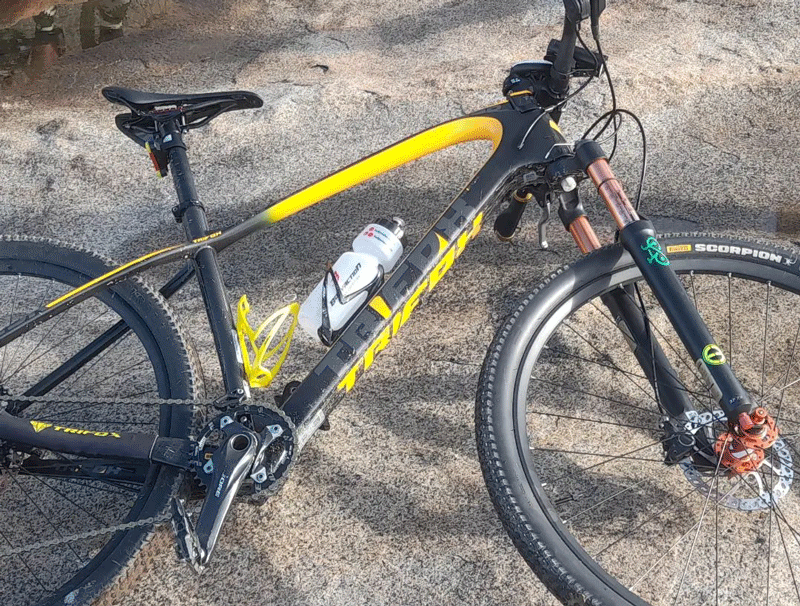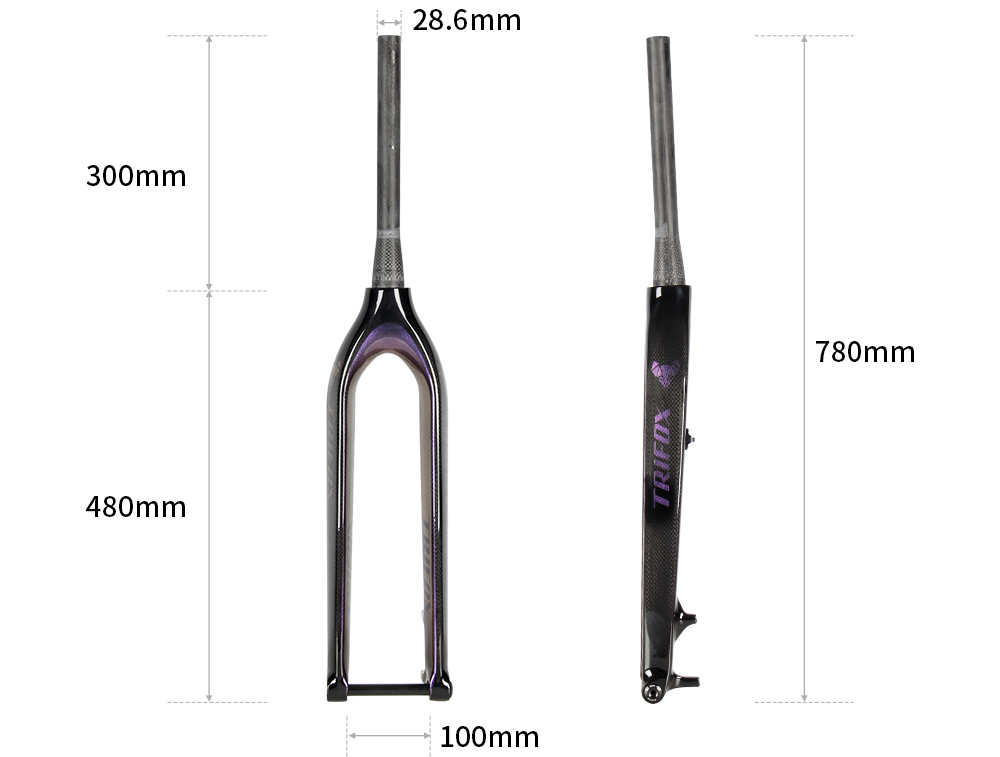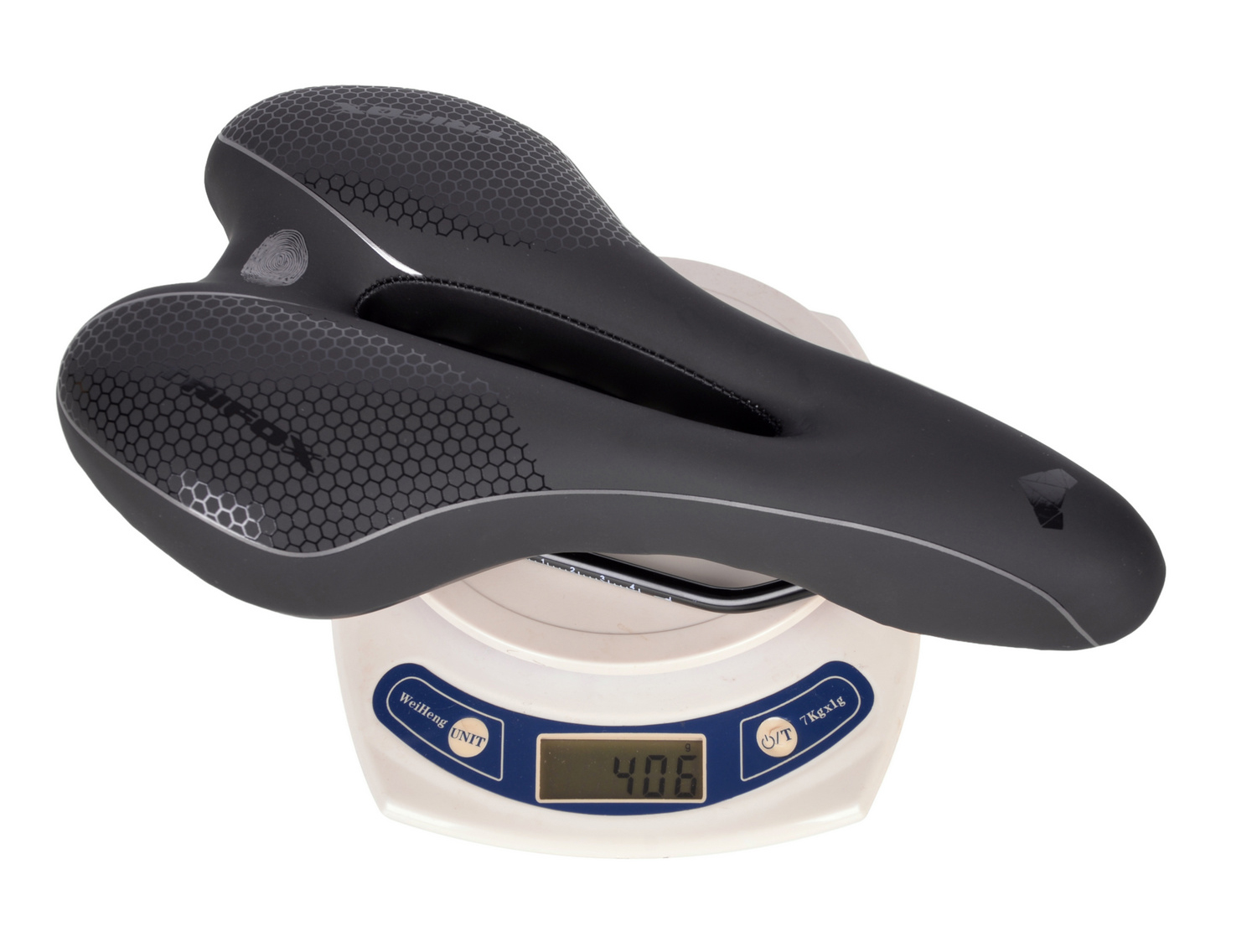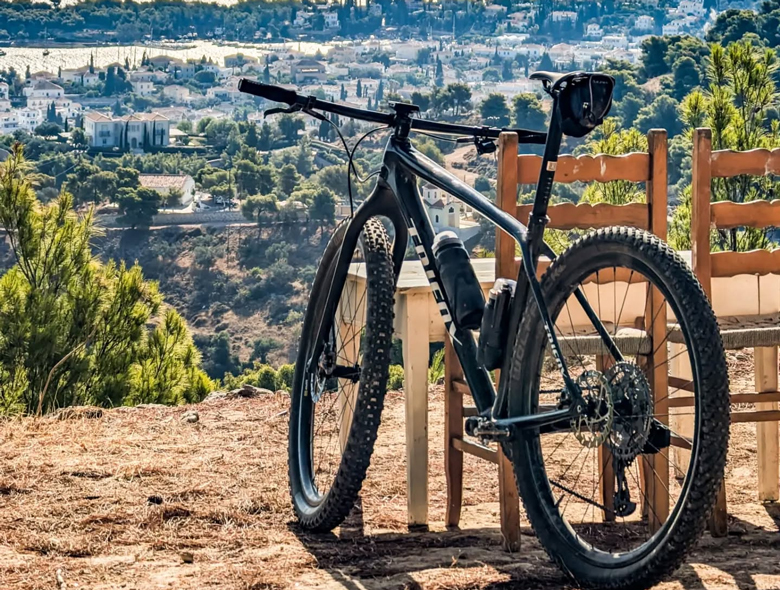Buying a new bicycle can be exciting, but if you want to truly enjoy your riding experience, it is important to choose the right frame size for your body. A properly fitted bicycle not only ensures maximum comfort and control, but also minimizes the risk of injury and improves overall performance. With so many different bicycle frame sizes available, it can be overwhelming to choose the right one.
In this blog post, we will walk you through the process of selecting the right bike frame size for you.
1. Start with Measuring Your Inseam
The inseam refers to the distance between your crotch and the floor. It is an important measurement when determining your bicycle frame size. To measure your inseam, stand against a wall without shoes and place a book between your legs as if you were sitting on a saddle. Make sure the book is snug against your pubic bone. Mark the top of the book with a pencil and measure the distance from the floor to the mark. This measurement is your inseam.
2. Determine Your Ideal Frame Size
Once you have your inseam measurement, use it to calculate your ideal bicycle frame size. There is no one-size-fits-all approach to determining the right frame size, but a general rule of thumb is that your ideal frame size is your inseam measurement multiplied by 0.65. For example, if your inseam is 80 cm, your ideal frame size would be approximately 52 cm (80 x 0.65 = 52).
3. Consider Your Riding Style
Your riding style also plays a role in determining the right bicycle frame size. If you are primarily going to use your bicycle for commuting or leisurely rides, you may prefer a more upright riding position, which calls for a smaller frame size. On the other hand, if you are interested in racing or high-speed riding, a larger frame size will allow you to adopt a more aerodynamic riding position and generate more power.
4. Test Ride Different Bikes
The best way to determine your ideal frame size is to try out different bikes. If you're purchasing a new bike, most bike shops will offer you a fitting session to help you find the right size. Take the time to test ride several bikes with different frame sizes, styles, and brands to find one that feels comfortable and suits your riding needs.
5. Fine-Tune Your Fit with Adjustments
Remember that your ideal bike fit is more than just your frame size. You can fine-tune your fit with adjustments such as saddle height, handlebar reach, and stem length. A professional bike fitting can help you optimize your riding comfort, efficiency, and performance.

Conclusion: Choosing the right bicycle frame size can make all the difference in your riding experience. By measuring your inseam, determining your ideal frame size, considering your riding style, test-riding different bikes, and fine-tuning your fit with adjustments, you can find the perfect bike that feels comfortable and suits your riding needs.
So, take the time to find your ideal bike fit and enjoy many hours of happy cycling!




















































































